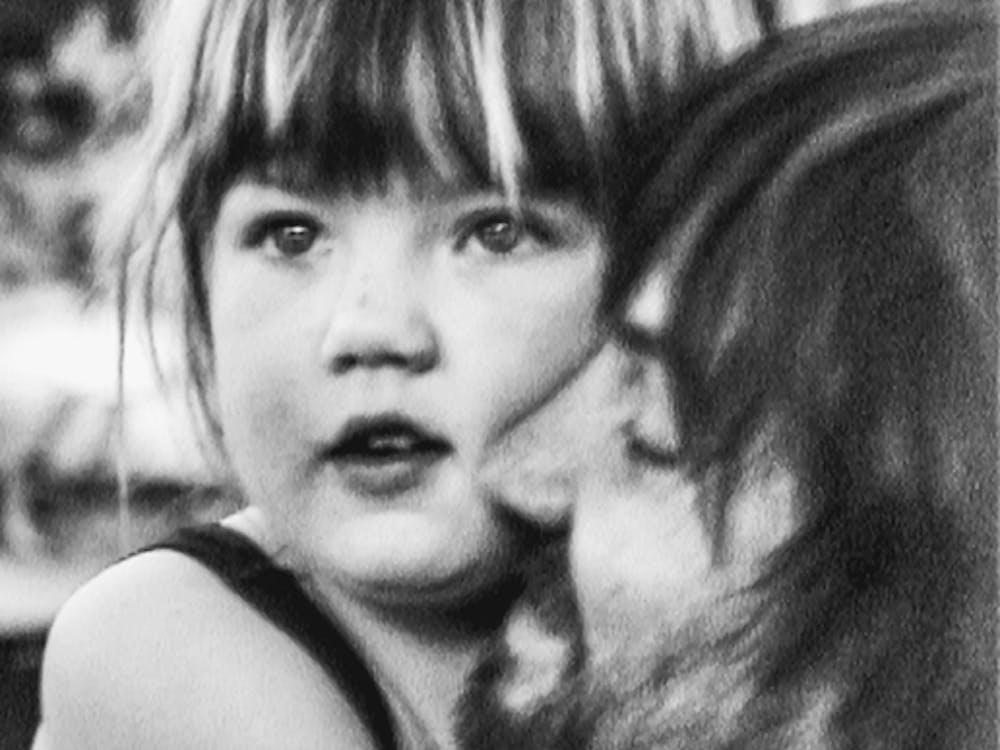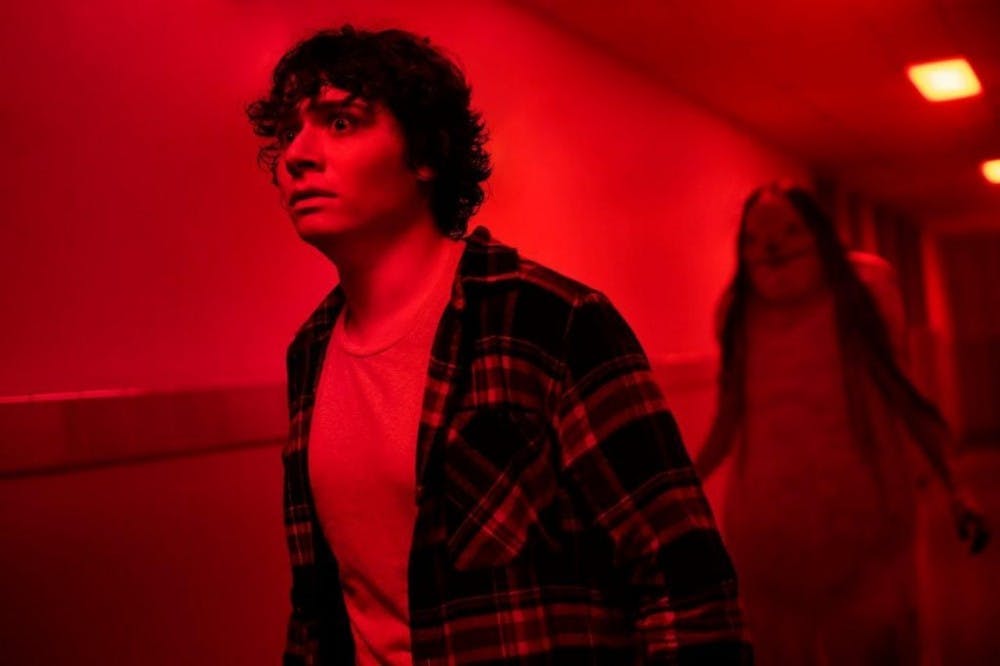The horror genre has been experiencing a bit of a shake up in the cinema lately. From the traditional October release calendar being flipped on its head to the creation of cinematic universes such as The Conjuring, this decade has seen a vast array of projects try to crack those sale figures and box office records. Of course, when it comes to adaptations and remakes, no section of Hollywood is safe; however, it seems this category of frightful films has garnered a boost while plenty of other series encountered stagnation.
Scary Stories to Tell in the Dark, along with other prime examples like IT (2017) and Halloween (2018) truly show that there is still steam left in the revival train after all. As for this adaptation of the decades old anthology series by Alvin Schwartz, it brings plenty of new tremors and nightmares to the table. With only a couple minor mistakes that detract from the stability of the plot, this experience tops the rest with charming acting, suspenseful pacing and excellent direction.
Suspense that takes its time
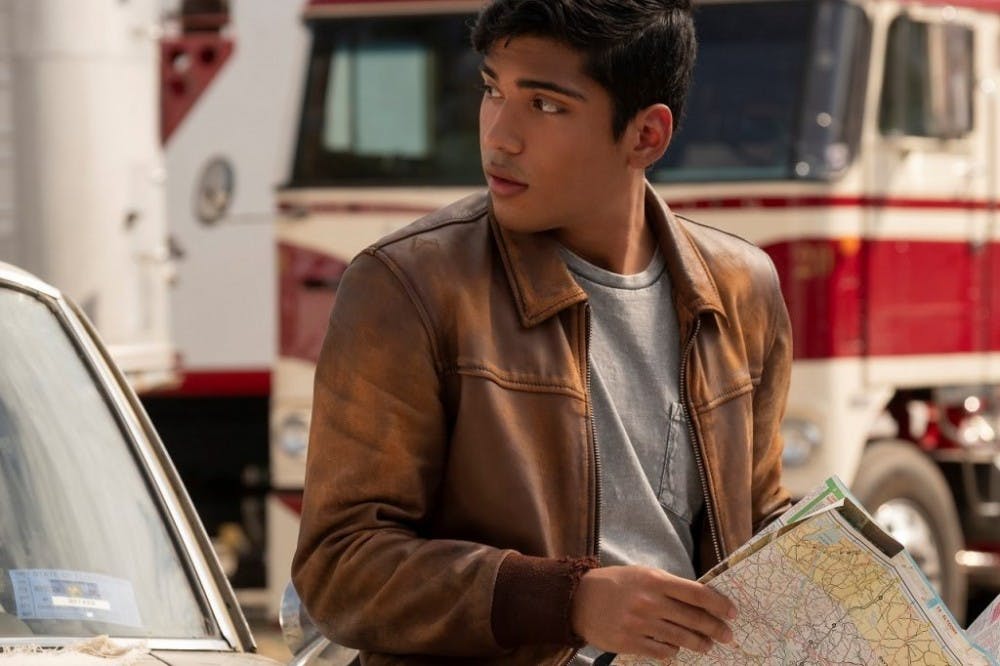
Image from IMDb
Oftentimes modern thrillers and horror movies suffer in large part from the lack of a convincing plot or comfortable pacing. As for Scary Stories, both weave an excellent tapestry for the audience to feast their eyes on. This creepy tale begins in the 1960s with three young friends spending their last Halloween together before adulthood ends the fun. This typical plot line takes a noticeable turn when the troop, along with new found friend Ramón, explore the abandoned mansion of the Bellows family and uncover some of their darkest secrets. The most prominent secret being a tattered diary filled with old ghost stories written by the family’s secretly tortured and sheltered daughter, Sarah.
The first act not only introduces each character in a charming way but sets up the pacing for the impending story exceptionally well. None of the scenes throughout the opening seemed hurried and that theme works its way straight through the rest of the film’s runtime. Certain areas require some improvement though, including character development and key cases of exposition. The budding relationship between Stella and Ramón is relatable and deepens at a smooth pace throughout the film, but side characters, like Chuck and Auggie, along with minor antagonist Tommy leave much to be desired in this department. The backstory of Stella’s family and the cause of her mother’s departure would be a relevant addition to the plot, but the absence of any formal explanation besides “Stella thinks it is her fault” is mildly annoying.
Overall, the source material and how it was portrayed on screen meshed very well. This rendition pieces multiple stories together into one narrative instead of just being six 20-minute versions of the most popular tales spliced together for a two-hour movie. Famous callbacks to monsters seen in fables like “The Dream,” “The Big Toe,” and “Harold” are worked into the narrative at crucial points while still evoking a storybook feel. As the stakes get higher and more residents start to disappear, the kids uncover a mystery behind the cause of Sarah’s demise and, incredibly, it never becomes stale. Each set piece leaves another ghoul around the corner without sacrificing cohesion or stability.
Creeping in the right direction
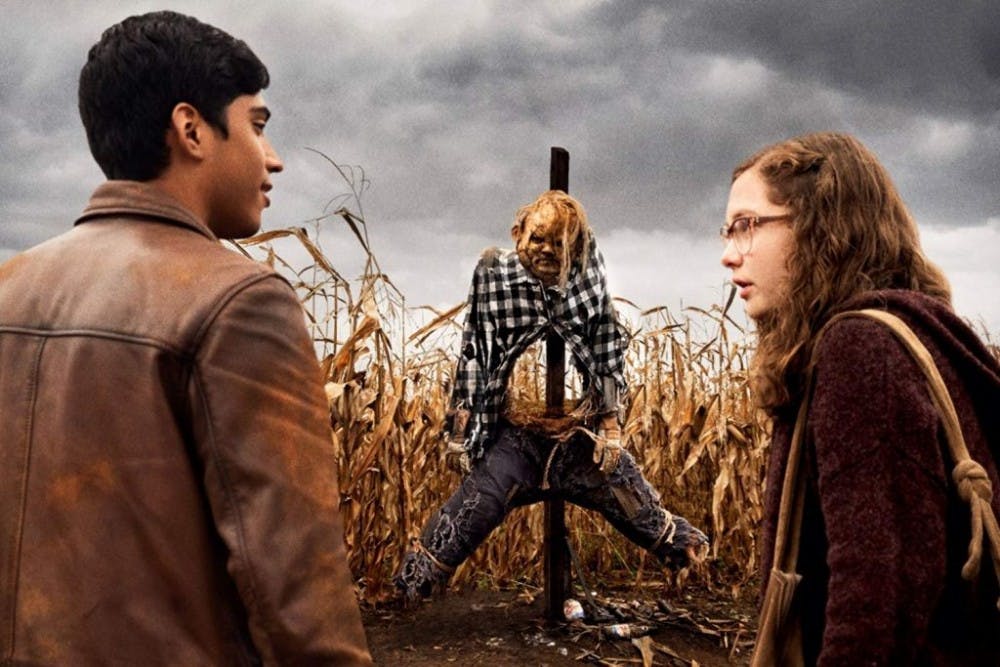
Image from IMDb
What really brings Scary Stories to Tell in the Dark to life is the impressive production from director André Øvredal and producer Guillermo del Toro. Much like Crimson Peak, a similar Del Toro project, lighting effects played a large part in creating spectacular atmosphere. Everything from the blank walls of a hospital blanketed in the blood red of an emergency alarm to a moonlit cornfield is visualized in exceptional fashion. The visual tonality in Scary Stories captures the essence of a classic Halloween ghost adventure or haunted mansion that satisfies the audience to the bitter end.
The sound design is just as impressive. There are various moments throughout the film where the theater falls dead silent as a character peeks around a corner while hiding from the newest terror dead set on tormenting them. Wait just a few minutes and the eerie score begins picking up speed and ferocity while chasing them through dim corridors. Every little effect like a creaking floorboard, leaves rustling in the air, or the stunted breaths of a helpless protagonist draws the viewer in to the edge of their seat just to be pushed back into it in shock.
Without some interesting ghouls to haunt the audience for many nights to come the movie would fall completely flat. Fortunately, the quality work by Del Toro and company put behind the practical effects place each featured monster in a class of its own. The pale lady, Harold, and the jangly man all come to life in impressive fashion due to the focus on putting real actors behind the mask. The scenes where these beasts appear are so well-crafted, from the environment surrounding them to the makeup and costuming, that upon first viewing, they seem to be nothing more than CGI. Once that fact becomes fully realized the bone-chilling tremors that crawl up your spine become intoxicating.
Terrifyingly good acting
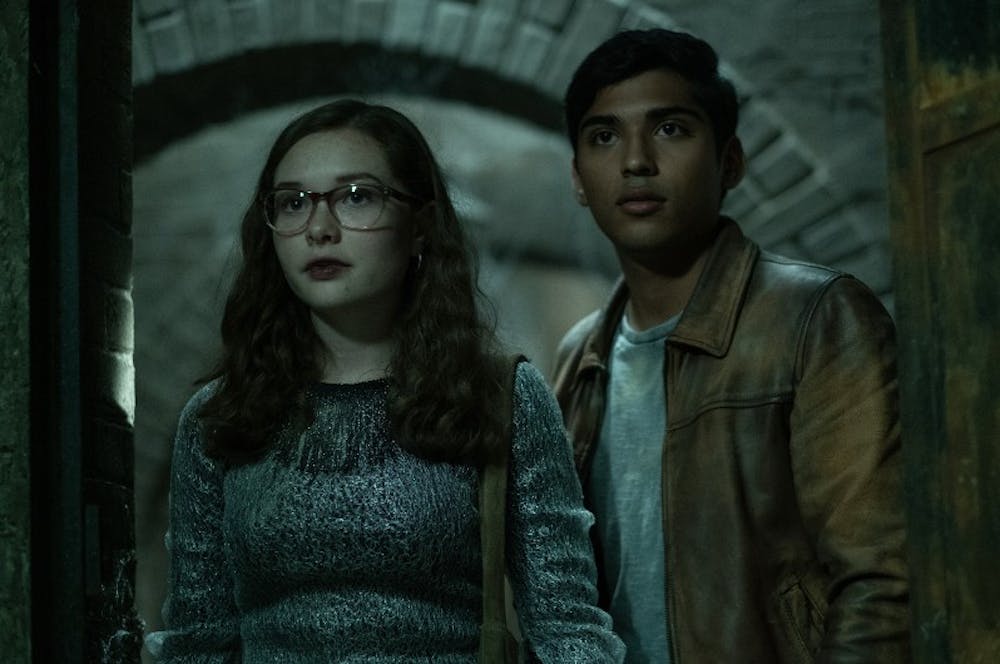
Image from IMDb
In terms of traditional film-making, most modern horror movies miss the mark when it comes to quality acting. Most of the cast may include fresh faces with their first big shot at stardom but land short of that goal through unconvincing performances and cringey delivery. As for Scary Stories to Tell in the Dark, there might be a few background and minor antagonists that give an unconvincing portrayal but not much is left to be desired.
The main group of young adult actors portray that all-to-familiar edge between childhood and young adulthood fantastically. Their chemistry while on screen feels genuine and witty and this extends to personal relationships between characters as well. Though there is not much background knowledge to Stella’s mother, Zoe Colletti and Dean Norris give a captivating voice to both Stella and her father respectively. They may not share a large amount of screen time but the moments they do appear in hold true emotional weight. The budding young love between Ramón and Stella is given ample amount of time to grow without either actors seeming uncomfortable.
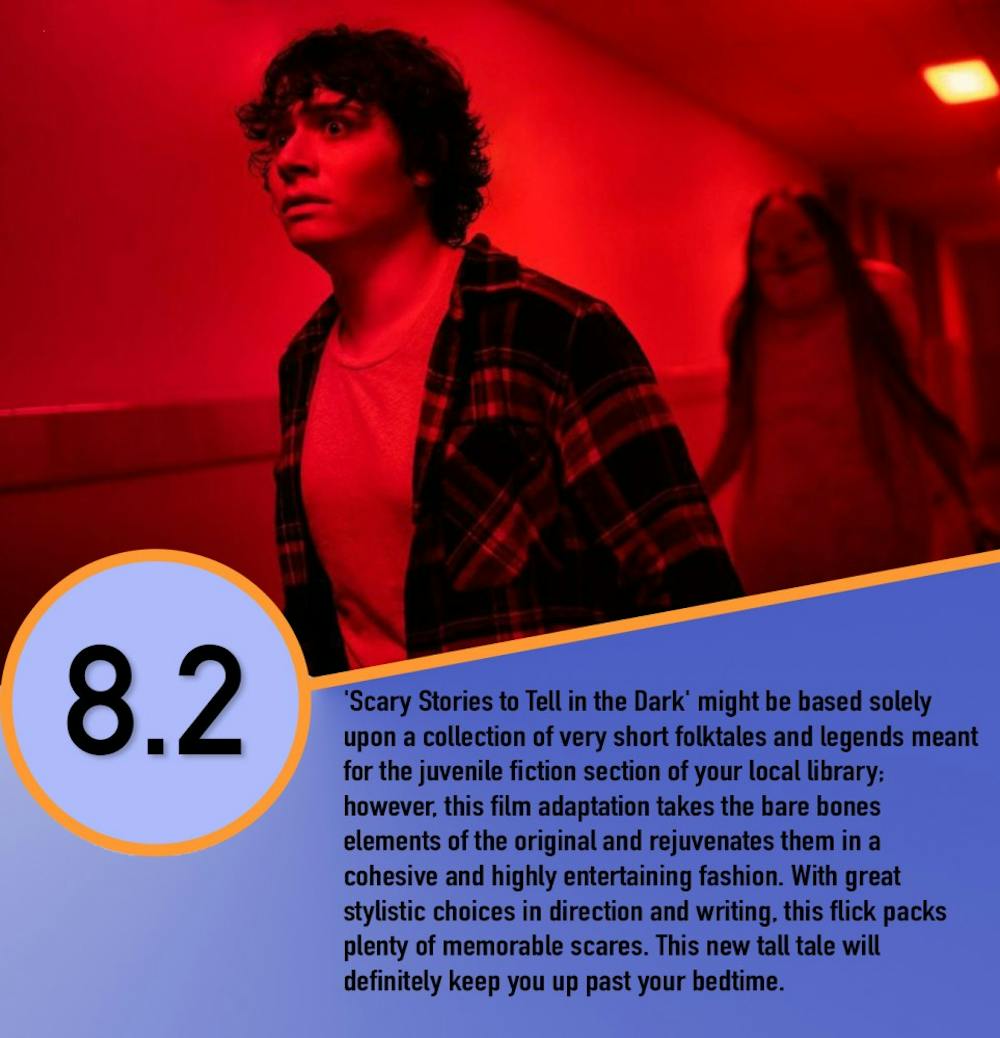
Images: IMDb
Featured Image: IMDb
For more entertainment related content, visit us at Byte BSU!








